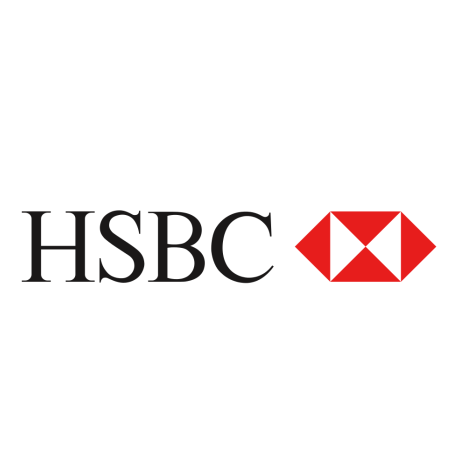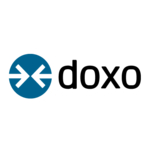HSBC unveils facial-recognition banking for corporate customers
HSBC wants to raise its profile by letting corporate customers access mobile banking using facial-recognition technology.

Face ID analyses over 30,000 reference points to create a “depth map”
The bank’s clients can now use Face ID in 24 countries to log into the HSBCnet app, which already offers Touch ID log-in. HSBC says the new functionality “speeds up log-in times to less than a second”.
HSBC is a big fan of biometric technology for financial services. It reminds people that customers can use Touch ID fingerprint-recognition, voice recognition and Selfie ID, to log-in with a photo.
HSBC’s global head of liquidity and cash management, Diane S. Reyes, says: “HSBCnet Mobile use has grown by 60% in the last year alone, with an equivalent growth in value. With single amounts of up to $1 billion authorised on the app, we know our customers will appreciate the additional security and ease Face ID allows.”
According to the bank Face ID analyses over 30,000 reference points to create a “depth map” of the face. The Face ID log-on connects the bank’s mobile API to the phone’s software to authenticate the user – “with less than a one-in-a-million chance of mistaken identity”.
HSBC says it incorporated Face ID as part of its “Digital Transformation for Corporates” (DTC) programme, which is designed to build and develop a “customer-centric digital banking experience”.
The first smartphone model to support Face ID is Apple’s iPhone X. Almost a fifth of current HSBCnet Mobile customers on Apple phones are using it. The bank’s Touch ID option will remain available on smartphones that can scan fingerprints.
Incidentally, as reported today (9 May), HSBC UK has unveiled Connected Money, the “first” app from a UK bank that allows customers to see their accounts on one screen.
It’s all part of the open banking craze and allows users to see their UK current account and online savings accounts, mortgages, loans and cards held across a number of banks, including non-HSBC accounts, in one app. Customers can currently add accounts from up to 21 different banks.









































